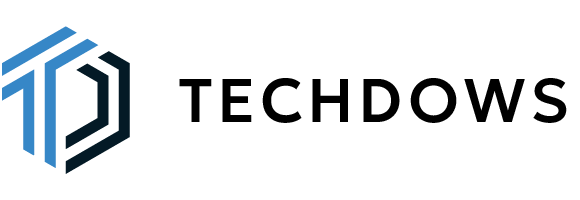
The cybersecurity sector is constantly shifting, and a recent discovery highlights the ongoing risks Windows users face. A critical vulnerability in the Windows operating system is currently being exploited by hackers in live attacks. This “zero-day” vulnerability, unknown to Microsoft until its exploitation was detected recently, poses a significant threat due to the absence of an immediate fix. It is estimated that this vulnerability has been exploited for at least the past six months.
What This Vulnerability Could Mean for Windows Users
The consequences of falling victim to this exploit are far-reaching and potentially devastating for any Windows user. A successful attack wouldn’t simply inconvenience you by slowing down your system or causing minor glitches. Instead, it could grant hackers a level of access known as “elevated privileges” within your compromised system. Imagine handing over your house keys to a complete stranger; that’s essentially what happens when a hacker gains elevated privileges.
This elevated access empowers them to perform a range of malicious activities, effectively turning your computer into a digital playground for their criminal objectives. One frequent outcome is the installation of malware, a broad term encompassing various software programs designed to harm a system. Malware can take many forms, but some of the most common include:
- Spyware: This insidious software operates stealthily in the background, collecting your personal information, browsing history, and even keystrokes. Hackers can then use this stolen data for various purposes, such as identity theft or launching targeted attacks.
- Ransomware: This particularly disruptive type of malware encrypts your computer’s files, rendering them inaccessible. Hackers then demand a ransom payment in exchange for a decryption key, essentially holding your valuable files hostage.
- Trojan Horses: Disguised as legitimate software, Trojan horses lull users into a false sense of security. Once downloaded and executed, they unleash their malicious payload, which could be anything from stealing data to damaging your system’s core functionality.
Beyond malware installation, hackers with elevated privileges could also:
- Steal Sensitive Information: Financial details, login credentials, personal documents – anything stored on your computer is potentially at risk. This stolen data can be used for financial fraud, identity theft, or even blackmail.
- Disrupt System Operations: Hackers might manipulate or disable critical system functions, causing crashes, data loss, or rendering your computer unusable.
- Launch Further Attacks: By establishing a foothold on your system, hackers can use it as a springboard to launch attacks on other devices within your network, potentially compromising your entire home or office environment.
- Install Backdoors: These insidious programs allow hackers to maintain persistent, remote access to your computer. This means they can return at any time, potentially steal more data, install additional malware, or even use your machine to launch attacks against others.
The potential consequences of this Windows vulnerability are a stark reminder of the importance of cybersecurity. By taking proactive measures and remaining vigilant, you can significantly reduce the risk of falling victim to such attacks and protect your valuable data and system from harm.
Affected Systems
Currently, the specific Windows versions susceptible to this exploit have not been fully detailed by Microsoft. However, security researchers believe recent iterations of Windows, along with the potential inclusion of Windows Server installations, are likely at risk. This potential scope significantly expands the number of users who need to be on high alert.
What’s Being Done and How to Protect Yourself
Microsoft is undoubtedly working tirelessly to develop a patch to address this alarming threat. Until an official patch is released, all Windows users must take proactive steps to protect their data and systems. Extreme caution is the best defense; be extraordinarily wary of opening unexpected email attachments or clicking links from unfamiliar sources. Hackers frequently use these methods as entry points for exploiting these kinds of vulnerabilities.
Social engineering tactics should also be top of mind. Attackers may attempt to deceive you into downloading malicious files or visiting harmful websites through phishing emails or other forms of manipulation. Always verify the authenticity and source of any communications before taking action.
Beyond vigilance, ensure your Windows system consistently receives the latest security updates. While an immediate patch for this critical exploit remains unavailable, staying current with other Microsoft security releases is essential for reducing the possibility of known vulnerabilities being used against you. Users who handle highly sensitive information should also consider investing in additional security software, such as advanced antivirus and anti-malware solutions, as another protective layer.
Zero-Day Attacks: A Constant Cybersecurity Challenge
The rapid identification and exploitation of this Windows vulnerability emphasizes the ever-evolving threats within the digital world. Zero-day attacks highlight why constant vigilance and adherence to cybersecurity best practices are crucial for all users.
Staying informed about security threats, prioritizing updates, and maintaining a healthy skepticism when interacting with unknown links or files play a vital role in protecting yourself and your data. For the latest updates, monitor the Microsoft Security Response Center closely for the critical patch and any additional recommendations.
